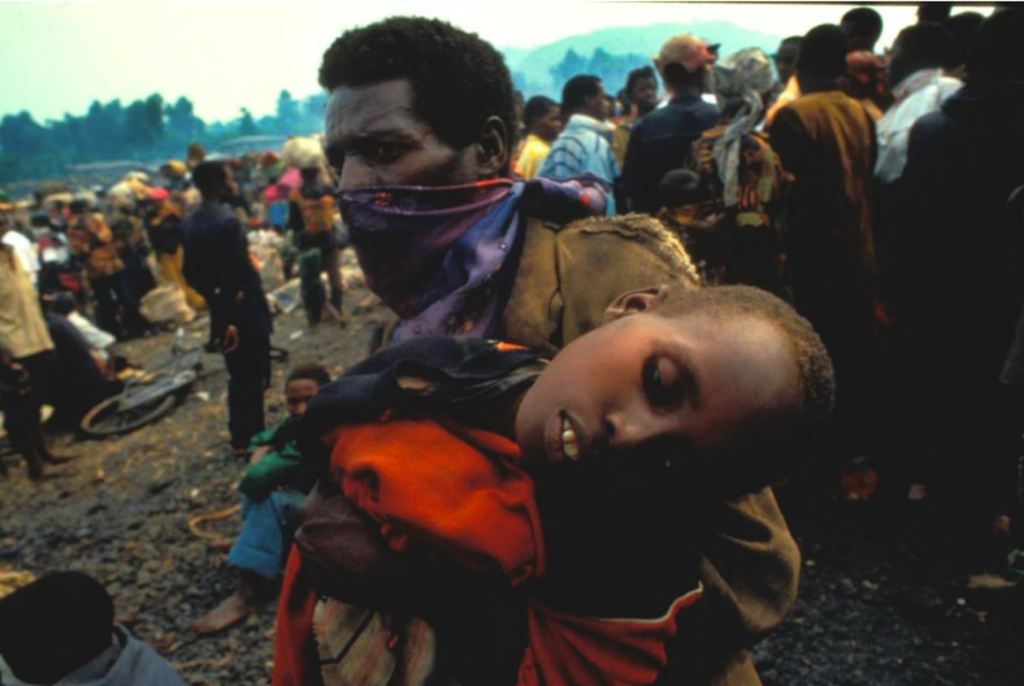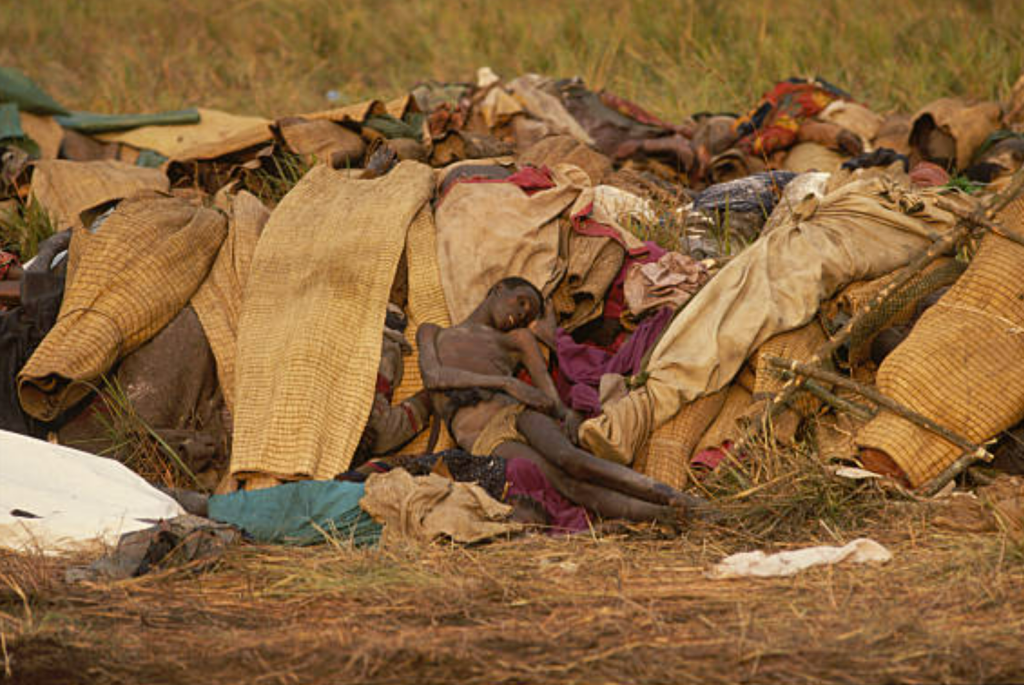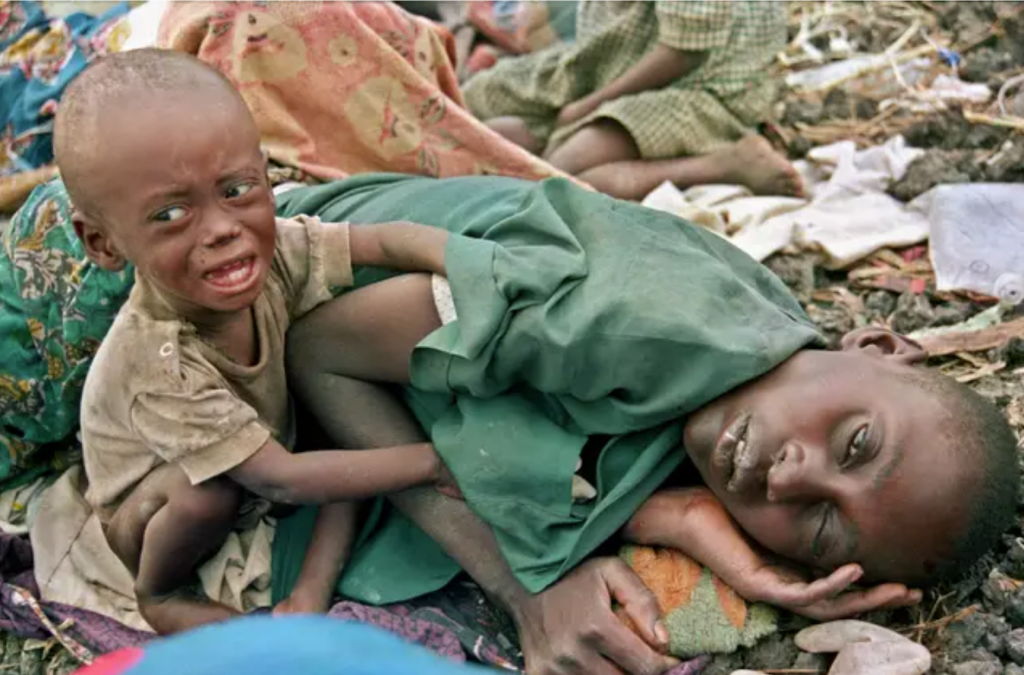This gallery unveils previously undisclosed and chilling photographs depicting the brutal mass slaughter of hundreds of thousands of Hutu refugees by Tutsi soldiers under the leadership of General Paul Kagame and General Kayumba Nyamwasa. These victims, hailing from Rwanda, Burundi, and Eastern Congo, encompassing women, children, and the elderly, fell victim solely due to their ethnicity. The concealment of these images is intrinsically tied to Western geopolitical interests in the resource-rich Democratic Republic of Congo (DRC), renowned for its vast reserves of rare minerals such as coltan, cobalt, gold, diamonds, and uranium, collectively valued at an estimated $24 trillion. Western powers pursued the manipulation of Rwanda’s alignment toward an Anglophone direction, facilitating the establishment of proxy governments in the region. This allowed them to exploit the DRC’s valuable resources while strategically limiting access to competitors such as Russia and China. Consequently, the Hutu government, with strong ties to France, was ousted, replaced by Kagame’s Tutsi government. Kagame, himself trained at the United States Army Command and General Staff College in Fort Leavenworth, Kansas, played a pivotal role in this transition. These actions were driven by the goal of safeguarding Western interests in the DRC. The speaker reflects on their own near-fatal experience, acknowledging that they could have been one of these victims but attributing their survival to divine intervention, stating, “God chose to preserve my life, not because I was the best, but simply because He chose me.”






